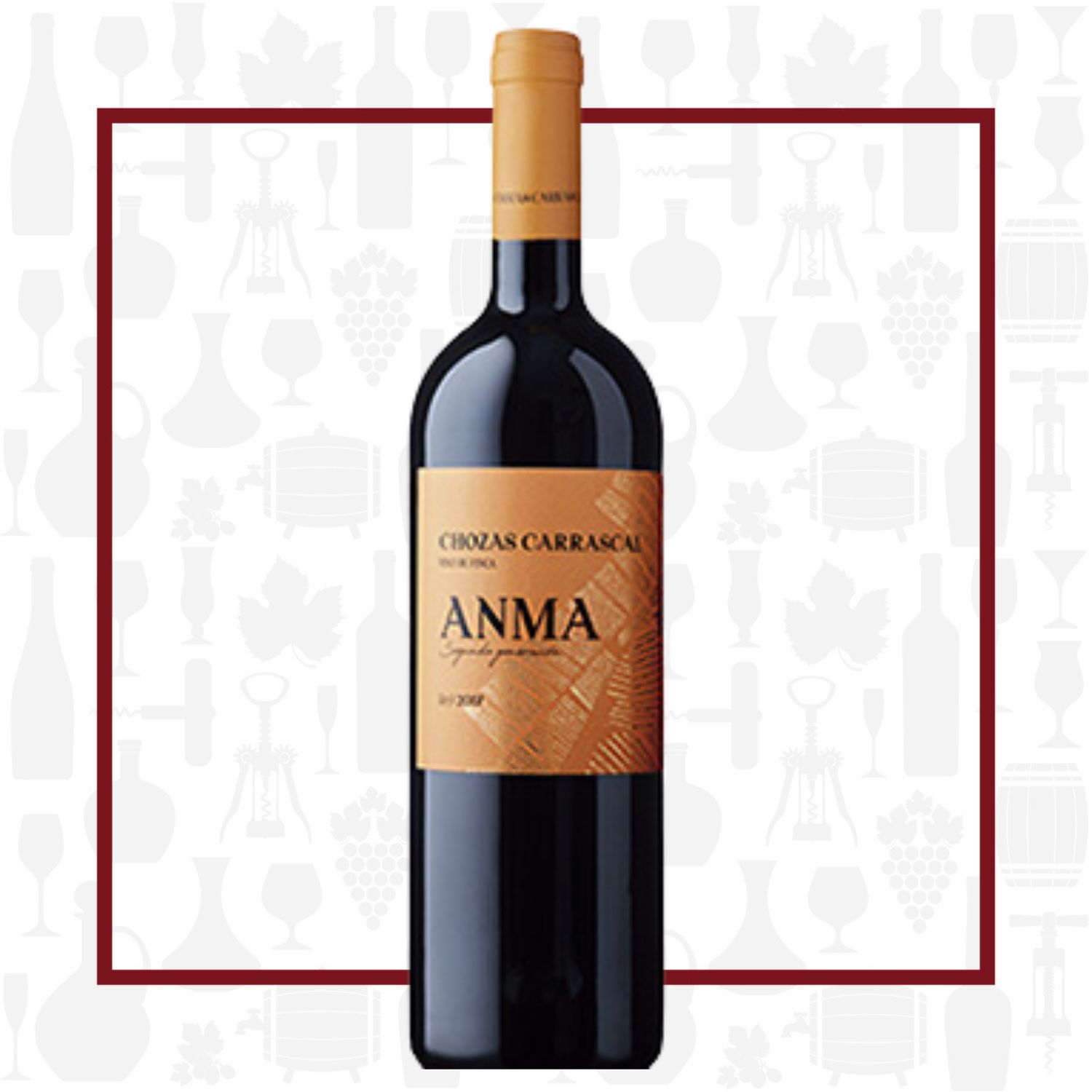Cellar Profile
In 1990, husband and wife team Julin López and María José Peidro purchased an established vineyard in the Requena-Utiel region of Valencia in southeastern Spain. Shortly thereafter, when their extensive studies identified that their terroir was similar to that of many of the French vineyards they frequently visited as a family, they planted several international grape varieties. Today, the Chozas Carrascal vineyard is comprised of 14 plots sitting at 750-840 metres above sea-level on a thick slab of limestone-based subsoil, distinctive within the region. Their climate is significantly more continental than the rest of the D.O.P., with hot, dry summer days and cool, fresh nights. The winery’s uniqueness was recognized in 2012 when it was awarded ‘Vino de Pago’ status, meaning the winery is its own D.O., separate, distinct and at the top of the Spanish wine hierarchy. To date, there are 21 Vino de Pago properties in the country, each one representing a singular identity that combines the best of tradition and modernity. The 30-hectare vineyard at Chozas Carrascal is planted with 12 grape varieties split between local, indigenous grapes—Bobal, Monastery, Garnacha, Tempranillo and Macabeo—and widely-recognized French examples: Cabernet Sauvignon, Cabernet Franc, Merlot, Syrah, Chardonnay, Viognier and Sauvignon Blanc. These vineyards are farmed and certified organic and the wines exhibit elegant structure, intense, complex character and, most importantly, delicious drinkability.
Region
Utiel-Requena is a Spanish Denominación de Origen Protegida for wines located in the province of Valencia. It takes its name from the two neighbouring towns of Utiel and Requena and is renowned for the predominant use of the Bobal grape variety. Although these wines are moderately contemporary, the region is anything but. Traces of Phoenician amphorae suggest viticulture and wine production here date at least as far back as the 7th century BC. Chozas Carrascal is sits at 700m above sea level, approximately 65 km from the coast. Despite its proximity to the sea, the climate is decidedly continental, making for hot summers, cold winters and large diurnal temperature variations. The estate’s dry setting is somewhat offset by its limestone-rich soils, which importantly retain moisture. DO Utiel-Requena produces mostly red wines and nearly 95% of the vineyards are planted with red grape varieties.
Vineyard
Chozas Carrascal is a family winery with the Pago Chozas Carrascal Designation of Origin. Due to its elevation and proximity to the Juan Navarro mountain range, which contributes dominant northern winds, it is one of the coldest areas in Valencia. The extension of the Sierra Juan Navarro to the southeast slows down a large part of the clouds that come from the Mediterranean loaded with water so rainfall at Chozas Carrascal is less than in other areas of the region. The vineyard relies greatly on the south western facing sunlight, radiating more than 3,000 hours of direct sunlight per year.
Winemaking
The hand-harvested grapes are crushed into concrete tanks for 18-21 days of maceration and fermentation. The wine then spends 10 months on its lees in 5000 litre French oak foudres for aging and softening of the tannins. It spends another year aging in bottle before release.
Varieties
Syrah is grown throughout the world, producing beautifully diverse and interesting wines. Syrah was found to be the offspring of two obscure grapes from southeastern France, Dureza and Mondeuse Blanche. The style and flavour profile of Syrah is greatly influenced by the climate in which the grapes are grown. Grenache, also known as Garnacha in Spain and Cannonau in Sardinia, is one of the most widely-planted grape varieties in the world. It is best grown in warm, dry conditions where care is taken to manage canopy and reduce yields. Thin-skinned and extremely vigorous, the root systems of Grenache are strong and can survive in dry climates with little irrigation, where limited yields and thickened skins result in wines with better structure, deeper pigment and tannic grip. Where there is abundant water, the wines will tend to be paler, with softer tannins. It is late-ripening — generally one of the last off the vine — often producing wines high in alcohol. Grenache is one of the most important varietals in the Southern Rhône and is a fabulous blending partner with Syrah and Mourvèdre. The resulting wines are commonly called “GSM” blends. Grenache also plays a major role in key Spanish appellations such as Navarra, Aragon and Priorat.
Tasting Notes
Bright red, with aromas of raspberry, plum, violets and some nuttiness. The palate is medium-bodied, with supple tannins and a good core of acidity. Raspberry, strawberry, white pepper and some earthiness dominate the flavours. The finish is long, with accents of baking spice. Let this breath before serving with grilled lamb, pork ribs or sausages.

